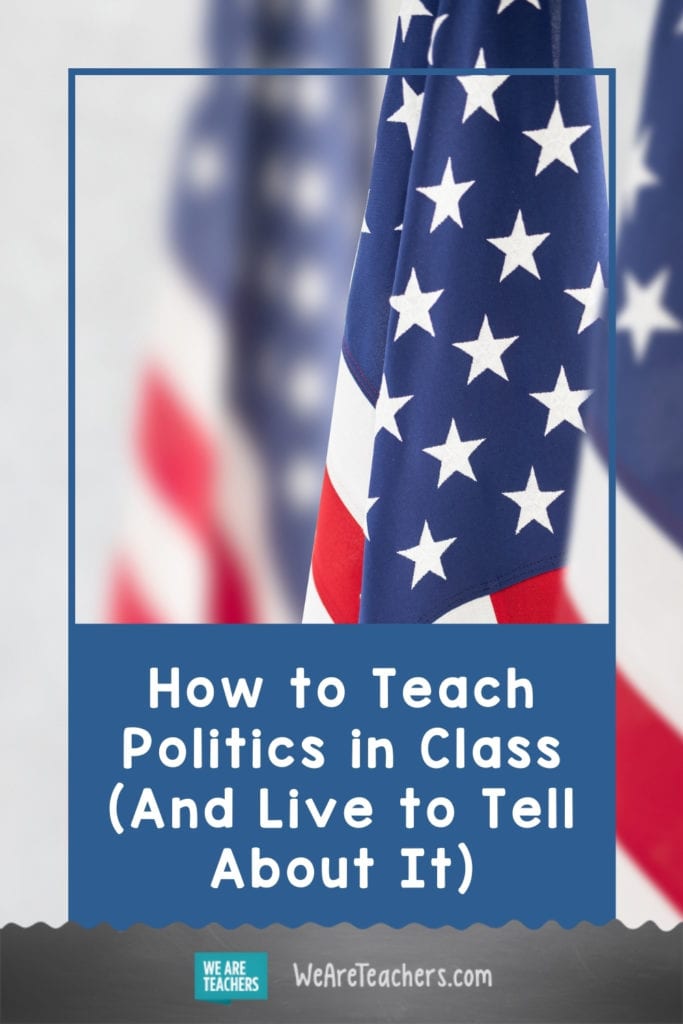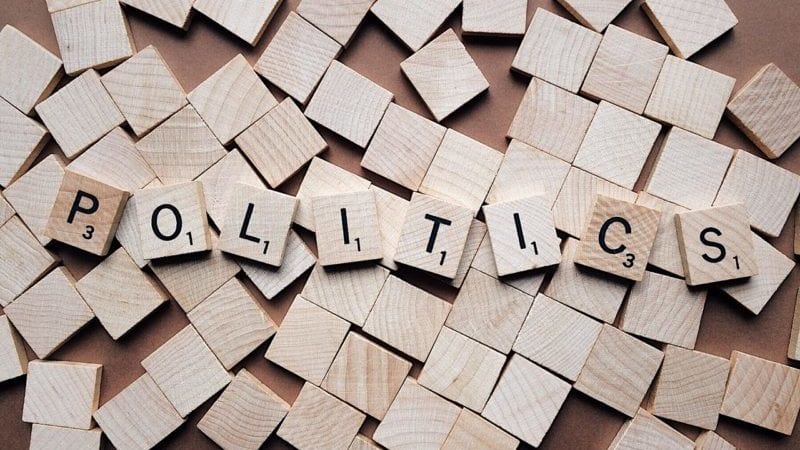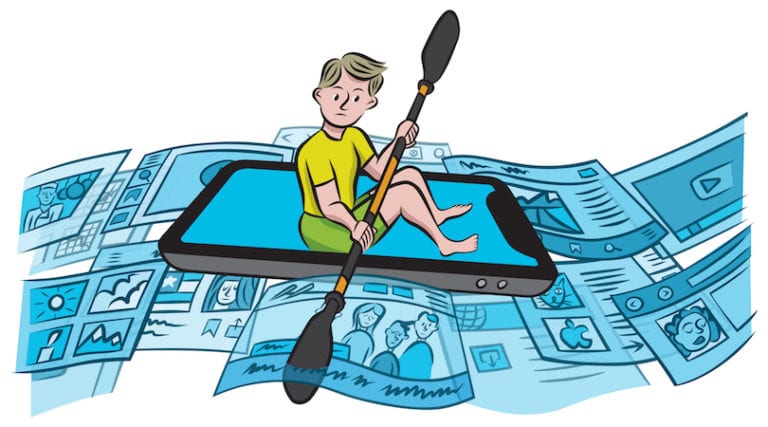This year’s election is definitely one for the record books. We’ve had a year full of climate events, COVID-19, and an even deeper focus on the #BlackLivesMatter movement. And that’s just the beginning! We are definitely in the middle of what some might call a “highly teachable moment.” While many teachers are wary of wading too deep into politics and matters of personal opinion, other teachers consider times like these fodder for especially impactful lessons and classroom activities.
Here are some tried-and-true strategies to teach politics, political systems, and elections that have worked in classrooms around the country. And the good news is, you can do these activities in-person or online.
1. Discuss Biases and “Fake News”
If you haven’t had a unit on news sources, biases, and fake news, now is a great time to discuss with your students that all news is not the same. Start by teaching students how to fact check and discover if a source is valid or fake news . Key elements to this type of deeper research include reading past the headline, checking the news outlet and sources used, recognizing confirmation bias, and searching to see how other outlets are presenting the same information.
Next, let students know that many news outlets have their own biases and tend to lean left or right. AllSides offers a list of what news sources are left, right, and close to center. Consider pulling up a news article on a given political topic and show how each side dissects and skews the information.
And if you choose to present political facts, be particular on the news you choose to share. Now is not the time to present your own views and bias, rather it’s to teach your students to be educated voters.
2. Share Your Strategy With Parents
Political issues are a hot button for most people … especially in today’s environment. Many parents feel political topics should not be discussed in the classroom. We get it. Teachers are influential and many students look to authority figures for what they should believe and how they should feel. Instead of alienating your parents, or have them wondering if their child is going to come home touting the benefits of a political party, now is the time to share your strategy with your parents. Let them know that you will not be discussing the candidates from a biased perspective, rather you will be presenting ways in which to evaluate political candidates and learn about the history of the election process. Share specific articles, websites, and fact-checking links you will be using. Encourage them to continue the discussions at home.
[contextly_auto_sidebar]
3. Delve Deep into Political Research and…Theatrical Performance
Social studies teacher Chris Sperry has been using mock debates on the Middle East to teach politics to his students for the past 28 years, to great success. Many former students count his class—and the 9-week-long debate project in particular—as the best of their high school career. He came up with the idea when he was “looking for something that would be really motivating for students and involve deep research into issues from the point of view of people from different cultures.”
Students are assigned to a Middle Eastern political leader. After carefully researching that person, they are then asked to take part in political debates as that person, against other students playing other leaders. “It was a failure that first year,” Sperry reports. “They were depicting stereotypical viewpoints, just mimicking caricatures they heard in the America press.”
He pushed them to dig deeper. “I have them for a half a year before we get to the debates so I know their academic strengths and challenges, political orientations, and more importantly their willingness or need to take on perspectives different from their own. I never give a kid a position that he or she doesn’t want to play.”
But often, many students are willing to stretch themselves and play the part of someone with very different views than their own. During the three-day debate, students dress, speak, and argue as their assigned characters.
You can read and use Sperry’s curriculum kit, Media Construction of the Middle East in your own class.
4. Hold Your Own Classroom Debates
Scalable to grades three and up, classroom debates are often very popular with students. They relish the chance to express themselves and perform.
Education World shares ideas for five kinds of in-class debates, including using fairy tales and fairy tale characters to debate ethics.
- Have your students brainstorm topics they care about, including topics local to your school or town. Then select the best topics and give students time (perhaps a homework assignment) to think about and research their assigned topic. Ask students to be sure to think of good arguments on both sides of the issue. That way they will be able to anticipate and counter any arguments against their position. It’s often helpful to require students to turn in written work in advance of their actual debate.
- Alternatively, have students debate the same topics and questions brought up in the real, televised debates, but as themselves.
5. Study Media Construction of Presidential Races
Guide your students’ investigation of the presidential campaign (or any other political campaign) by having them study campaign materials like posters, t-shirts, television and radio ads, press coverage, and mailers.
- Search for and compare like campaign material from two opposing candidates. (Or, for higher grade levels, compare press coverage of similar events on both sides of a race.) How does language, message, and design comprise the message and its tone?
- Assign students to work on the campaign (hypothetically). Have them design a poster for the candidate of their choice. Then present their design in class, pitching its ability to persuade or inform voters.
- Integrate media decoding of campaign messages into your students’ study of U.S. history using Project Look Sharp’s free kit, Media Construction of Presidential Campaigns, which includes over 100 lessons and media documents from elections spanning more than 200 years, from 1800 to 2008.
6. Hold Classroom Elections for Classroom Roles

We know that this year many schools aren’t holding mock elections that follow the presidential candidates. But there are so many other things to vote for! Who would make the best classroom meteorologist? Best classroom historian, fish tank cleaner, greeter, poet? Hold an election and let democracy decide! Holding classroom elections, and allowing kids to campaign for positions and vote for their peers, makes for an unbeatable lesson to teach politics—how it works and what it’s for.
- Have your class brainstorm a list of positions your community would benefit from having students serve in.
- Assign students to think about which, if any, position they would like to be a candidate for.
- Include a lesson about types of voting and systems of representation.
- Schedule a campaign period—several days to a couple of weeks in duration.
- Hold your elections.
- Make sure to plan a debrief session, where students discuss what they learned during their election process.
How do you teach politics in the classroom? Share in our WeAreTeachers HELPLINE Facebook Group!
Plus, activities to teach the presidential election process in the classroom.


